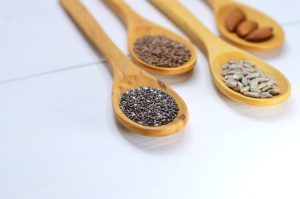Pest control is an essential aspect of maintaining a healthy home and garden. With the increasing awareness of environmental sustainability and health concerns, homeowners are often faced with the choice between traditional chemical treatments and organic solutions. Each approach has its own set of advantages and disadvantages, making it crucial for consumers to understand the implications of their choices.
Chemical treatments have long been the go-to option for pest control, offering rapid results and a wide range of products designed for various pests. These treatments often contain potent active ingredients that can effectively eliminate infestations. However, the use of synthetic chemicals raises concerns about potential health risks to humans and pets, as well as environmental impacts such as soil and water contamination.
On the other hand, organic pest control methods have gained popularity as a safer alternative. These solutions typically utilize natural substances and biological agents to deter pests without the harsh effects of chemicals. While organic methods can be less harmful to the environment and non-target organisms, they may require more time and effort to achieve the desired results. Understanding the specific needs of your pest problem is essential when considering these two approaches.
One of the primary advantages of chemical treatments is their immediate effectiveness. Products such as insecticides and herbicides can quickly reduce pest populations, allowing homeowners to regain control of their spaces. In cases of severe infestations, chemical treatments may be the most practical solution to prevent further damage to plants and structures. However, the rapid action of these chemicals often comes with the trade-off of potential toxicity, necessitating careful application and adherence to safety guidelines.
Conversely, organic solutions, such as neem oil, diatomaceous earth, and beneficial insects, offer a more holistic approach to pest management. These methods not only target the pests but also promote a balanced ecosystem by preserving beneficial organisms. While the results may not be as instantaneous as chemical treatments, organic methods can lead to long-term pest control by addressing the root causes of infestations. Additionally, many homeowners appreciate the peace of mind that comes with using products derived from natural sources.
Another factor to consider is the cost-effectiveness of each approach. Chemical treatments often come with a higher upfront cost for professional application or purchasing commercial products. However, their rapid results can justify the expense, especially in urgent situations. Organic solutions may require a more significant time investment for application and monitoring, but they can be more budget-friendly in the long run, particularly for those who choose to make their own pest control remedies.
Ultimately, the choice between chemical treatments and organic solutions depends on individual circumstances, including the severity of the pest problem, personal values, and environmental considerations. Homeowners should weigh the pros and cons of each approach and consider factors such as safety, effectiveness, and long-term impact on the ecosystem.
In conclusion, both chemical treatments and organic solutions have their place in pest control strategies. Understanding the differences, benefits, and drawbacks of each method empowers homeowners to make informed decisions that align with their needs and values. As awareness of environmental issues continues to grow, the trend towards more sustainable pest management practices is likely to shape the future of the industry, encouraging innovation and a greater focus on ecological balance.



